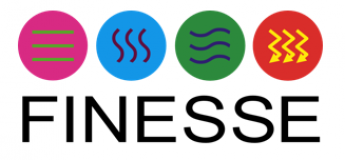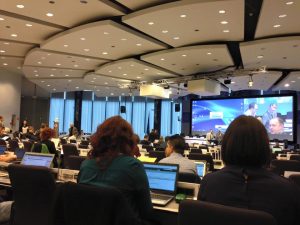Can we use pre-existing submarine fibre-optic cables for seismic monitoring?
YES, WE CAN!
How?
Chirped DAS technology developed in FINESSE by FINESSE partners in Alcala @UAHes and their collaborators in California @caltech.
“Fiber optic communications cables are growing more and more common on the sea floor. Rather than place a whole new device, we can tap into some of this fiber and start observing seismicity immediately.”
Link to this amazing collaborative work published in Nature Communications:
https://www.nature.com/articles/s41467-019-13262-7
press release from UAH:
press release from Caltech:
https://www.caltech.edu/about/news/submarine-cables-offshore-wind-farms-transformed-seismic-network
With this wonderful work, as a part of the EC’s strategy for the dissemination and exploitation of research results, CORDIS ( The Community Research and Development Information Service) journalists have recently covered our FINESSE project, based on public information available online. The News article has just been published on the CORDIS website in six languages at:
https://cordis.europa.eu/article/id/413421-using-submarine-cables-to-detect-earthquakes?WT.mc_id=exp
Congratulations to @ItnFINESSE partners @UAHes and @Caltech for this wonderful work on how to use submarine fibre cables for seismic monitoring!


